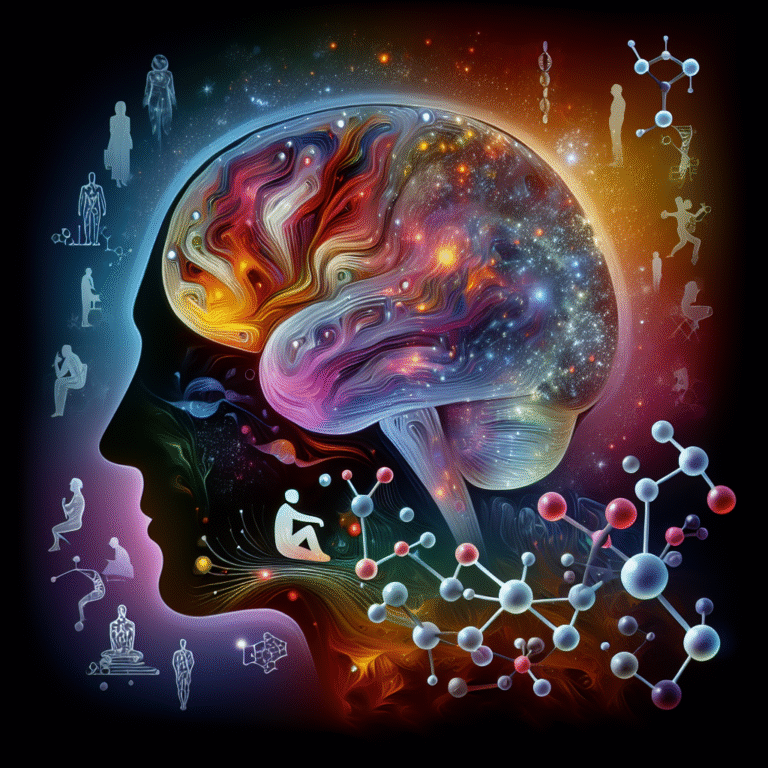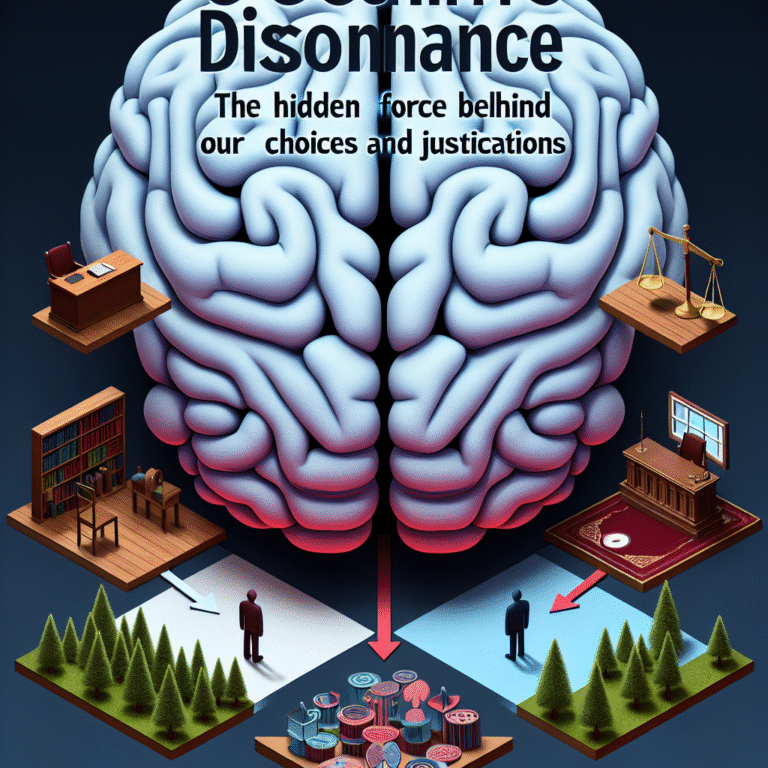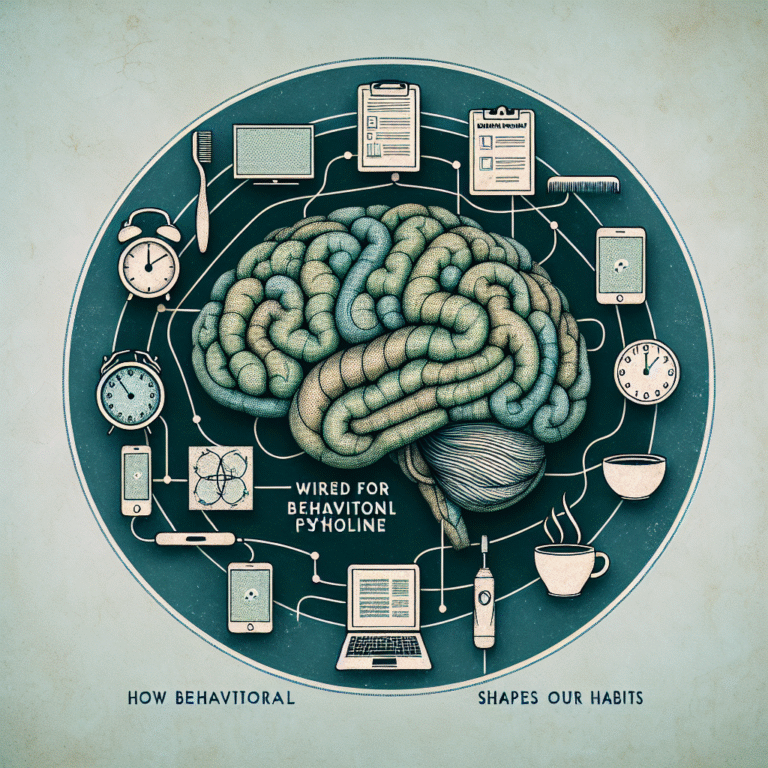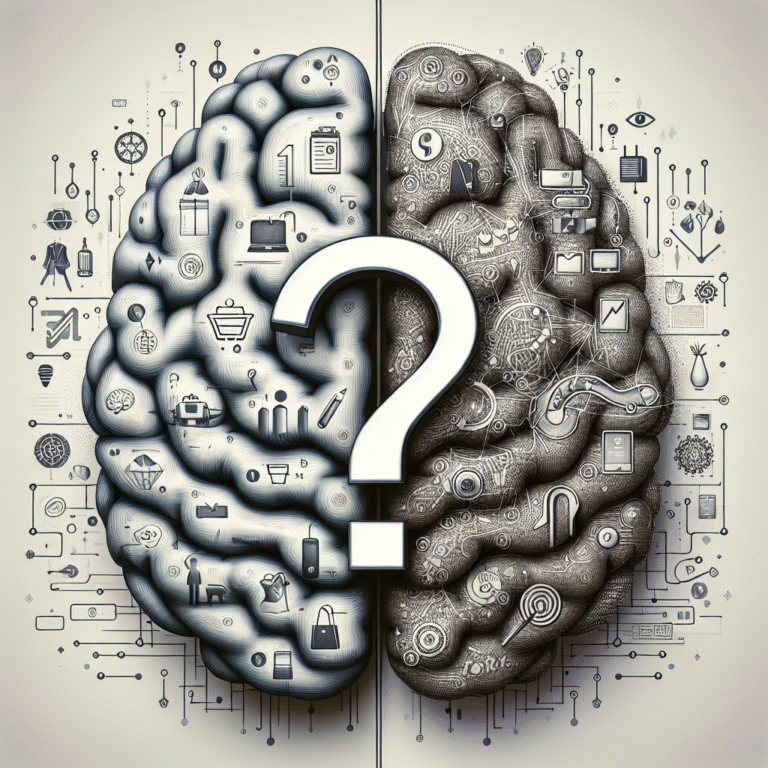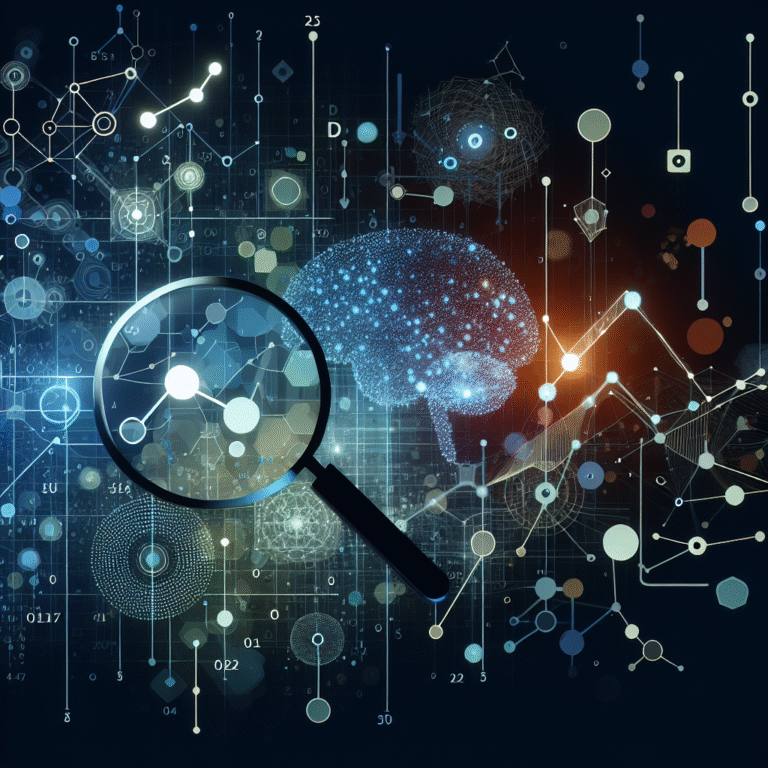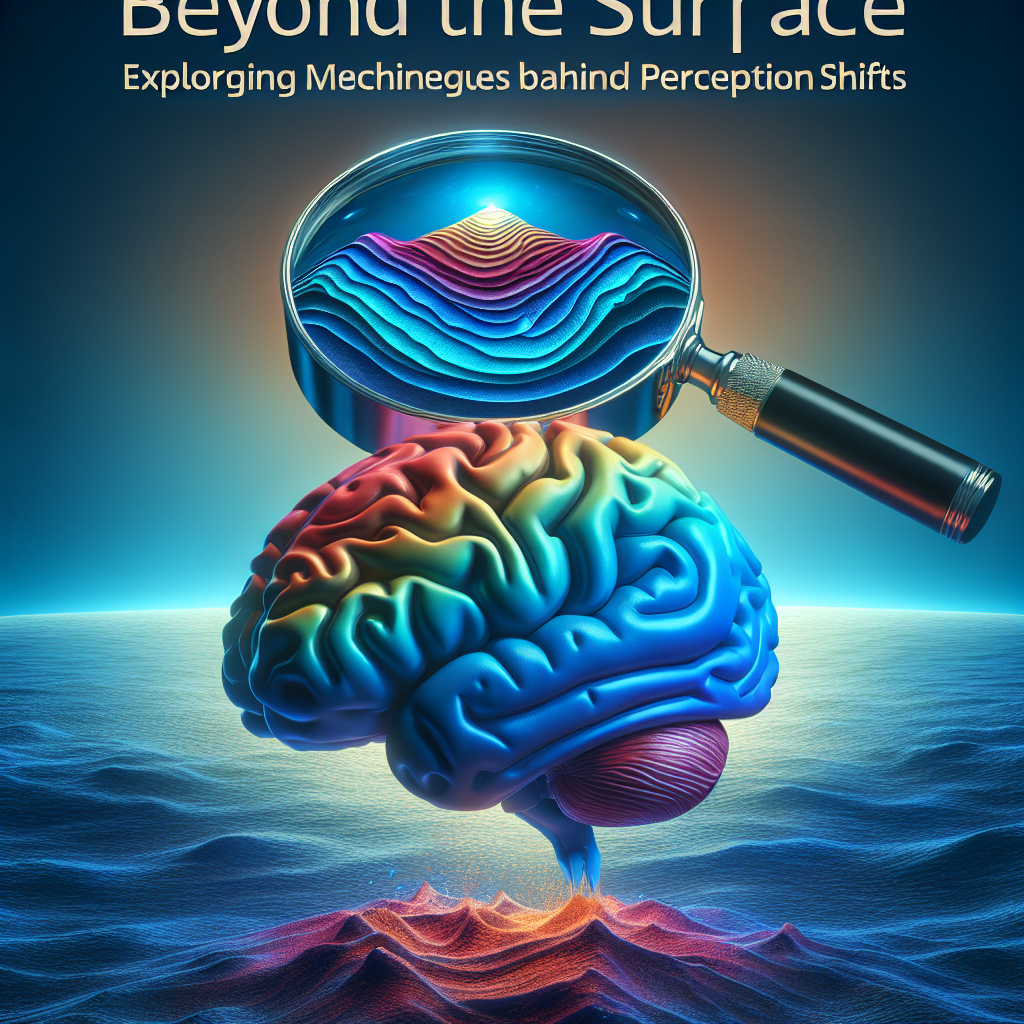
Introduction
Have you ever experienced a moment that changed your perspective on life? Perhaps it was a conversation with a stranger or an unexpected event that reshaped your view of the world. These moments illustrate the profound power of perception shifts, a concept that goes far beyond mere opinion. In this exploration of Beyond the Surface: Exploring the Mechanisms Behind Perception Shifts, we delve into the intricate frameworks behind how and why these shifts occur, examining not just the "what" but the "how" and "why."
Perception is central to our experiences. It shapes our beliefs, informs our decisions, and colors our interactions. The ability to shift our perception isn’t just a feel-good notion; it is an essential skill that can enhance our emotional intelligence, foster resilience, and improve our interpersonal relationships. This article aims to provide you with unique insights into the complex nature of perception shifts and equip you with practical tools to instigate meaningful changes in your life—truly Beyond the Surface.
Understanding Perception: More Than Meets the Eye
The Nature of Perception
Perception is the process by which individuals interpret sensory information. As we navigate the world, our brains organize and categorize incoming stimuli, allowing us to make sense of our surroundings. However, this process is not always objective and can be influenced by a multitude of factors, including culture, personal experiences, and emotional states.
The Role of Cognitive Bias
Cognitive biases, systematic errors in thinking, heavily influence perception. These biases can lead us to misinterpret information and reinforce existing beliefs. For instance, confirmation bias drives us to seek out evidence that supports our pre-existing views, limiting our capacity for open-mindedness and complicating the perception shift process.
| Cognitive Bias | Definition | Impact |
|---|---|---|
| Confirmation Bias | Favoring information that confirms existing beliefs | Limits perspective and reduces openness to new ideas |
| Anchoring Effect | Relying too heavily on the first piece of information encountered | Can skew decision-making and perception |
| Availability Heuristic | Overvaluing readily available information | May lead to misconceptions based on recent events |
Case Study: The Power of Anchoring
In a landmark study by Tversky and Kahneman in 1974, participants were asked to estimate the percentage of African nations in the United Nations after being exposed to different anchor numbers. Those exposed to a high anchor gave significantly higher estimates than those exposed to a lower anchor. This illustrates how initial information can shape perceptions, allowing us to understand the importance of actively challenging our anchors when attempting a perception shift.
Mechanisms of Perception Shifts
1. Emotional Intelligence
Emotional intelligence (EI) is the ability to recognize, understand, and manage our emotions and the emotions of others. Research indicates that individuals with high EI are better equipped to navigate perception shifts. They can better align their emotions with the context, leading to more empathetic interactions and greater flexibility in thinking.
2. Cognitive Flexibility
Cognitive flexibility is the mental ability to switch between thinking about different concepts or to think about multiple concepts simultaneously. This adaptability enables individuals to approach problems from various angles, promoting perspective-taking and ultimately facilitating perception shifts.
Techniques for Enhancing Cognitive Flexibility
- Mindfulness Practices: Regular mindfulness meditation encourages present-moment awareness, diminishing rigid thought patterns.
- Exposure to Diverse Perspectives: Engaging with different cultures, communities, and viewpoints helps challenge existing beliefs.
Case Study: Mindfulness and Perspective Shift
A study conducted by Creswell in 2017 highlights how mindfulness—specifically through meditation—can foster cognitive flexibility. Participants who practiced mindfulness showed improved cognitive control and a more nuanced understanding of complex social issues, illustrating that enhancing one’s mindfulness can significantly impact perception shifts.
The Role of Language in Shaping Perception
Language not only communicates thoughts but also shapes how we perceive the world. The Sapir-Whorf Hypothesis posits that the structure of a language affects its speakers’ cognition and worldview, thereby influencing perception. Consider how different cultures describe emotions uniquely; those varied expressions can lead to different emotional experiences and interpretations.
Practical Applications: Language and Empathy
Employing inclusive language is one practical approach to fostering a more empathetic environment. For instance, using "I" statements encourages personal ownership of feelings and reduces defensiveness, promoting open communication and a subsequent shift in perception during conflicts.
Social Context and Perception Shifts
Group Dynamics
The environment in which we reside significantly influences our perceptions. Social norms, peer influence, and group dynamics can either encourage or stifle perception shifts. The Asch Conformity Experiments of the 1950s famously demonstrated how group pressure could lead individuals to conform to incorrect information, showcasing the power of social context on perception.
Case Study: The Power of Social Identity
A study by Tajfel and Turner in the 1970s explored social identity theory, positing that individuals categorize themselves based on group affiliations. This categorization affects perceptions, leading to in-group favoritism and out-group bias. Understanding these dynamics allows us to confront social pressures that may hinder our ability to shift perceptions authentically.
Tools and Techniques for Initiating Perception Shifts
1. Reflective Journaling
Keeping a reflective journal encourages individuals to examine their thoughts and feelings critically. Recording these reflections enhances self-awareness and identifies patterns that may warrant a shift in perception.
2. The Art of Questioning
Critical questioning challenges our default beliefs. By practicing curiosity and asking "why" or "how," we expand our cognitive horizons, paving the way for new perspectives.
3. Engaging in Active Listening
Active listening fosters genuine understanding and connection. By listening intently and empathetically, we create an environment where perception shifts can flourish.
Case Study: Active Listening in Conflict Resolution
A study conducted by Stone et al. in 2010 demonstrated that active listening techniques in mediation settings led to significant perception shifts among conflicting parties, enhancing mutual understanding and cooperation.
AI and Perception: The New Frontier
As artificial intelligence develops, it may influence perception on systemic levels. Consider marketing strategies; AI-generated personalized content alters how we perceive products and services. Being aware of AI’s role in shaping perceptions prompts essential discussions about authenticity and manipulation in our increasingly digital world.
Grappling with AI Influence
Developing a critical lens through which to assess AI-generated information is essential. We need to recognize how algorithms and data can influence our perceptions while attempting to maintain an authentic understanding of reality.
Conclusion
In conclusion, an understanding of how and why perception shifts occur equips us with tools that can transform our personal and professional lives. By digging Beyond the Surface: Exploring the Mechanisms Behind Perception Shifts, we illuminate pathways for growth, empathy, and understanding. These shifts hold the potential for profound change, from improving relationships to nurturing a more inclusive society.
So, what actionable insights can you take away from this exploration? Start small. Engage in reflective journaling, practice active listening, or challenge cognitive biases in your thought processes. By embracing these strategies, you can reposition yourself to leverage the power of perception shifts for lasting impact.
FAQs
1. What is a perception shift?
A perception shift is a change in how we interpret or understand information or experiences. This change can stem from new information, different perspectives, or personal growth.
2. How can cognitive biases affect perception?
Cognitive biases can cloud our judgment and lead to a distorted understanding of reality. They influence how we gather information, interpret experiences, and make decisions.
3. Why is emotional intelligence important in shifting perceptions?
Emotional intelligence helps individuals manage emotions and understand others’ feelings, promoting empathy and a willingness to embrace new perspectives.
4. What role does language play in perception?
Language shapes how we categorize experiences and express emotions, impacting our worldview and influencing how we perceive social interactions and cultural norms.
5. How can I promote perception shifts in my daily life?
You can initiate perception shifts by practicing reflective journaling, engaging in active listening, questioning your assumptions, and exposing yourself to diverse viewpoints.
By integrating these insights into your daily experiences, you can unlock the power of perception shifts, transforming not just your viewpoint but also the world around you. Let’s embark on this journey together, continually evolving Beyond the Surface: Exploring the Mechanisms Behind Perception Shifts.




